Explore The True Soul Of Vietnam Through Bac Ha
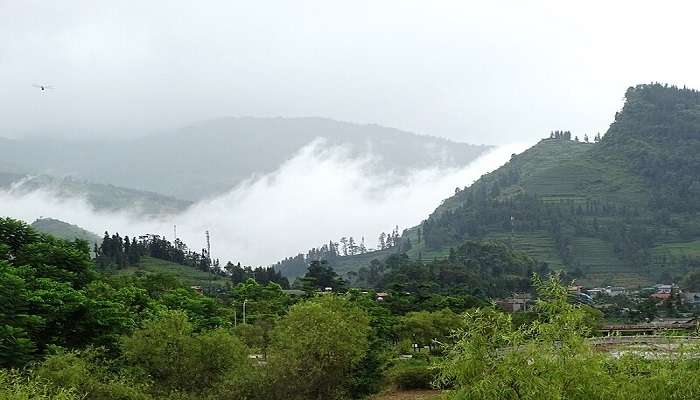
Bac Ha, 70 km away from Lao Cai province is nestled amidst the rugged beauty of Vietnam’s northern mountains, and beckons travellers with a captivating blend of nature, culture, and history. This region, crowned as the capital of the Flower Hmong, is where time seems to slow down, and traditions are vibrantly woven into the fabric of everyday life. Come to Bac Ha in Vietnam and embark on adventures at its scenic hiking trails, tranquil villages, and unique homestay experiences, promising a memorable journey into the heart of Vietnam’s rural charm.
Bac Ha & Geography
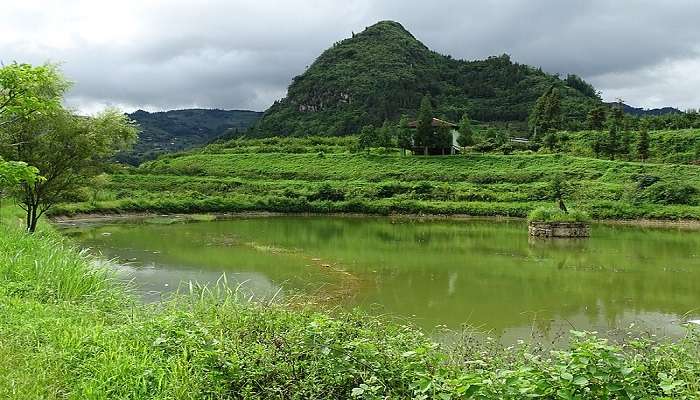
The district attracts travellers for its beautiful natural landscape and historical landmarks. The name Bac Ha is derived from the phrase ‘Pac Ha,’ which translates to’ hundred alang bunches’ in the Tay ethnic language. Under the French colony, this area was called Pakha, and the Vietnamese people pronounced it ‘Bac Ha’, and since then, it has become its official name!
Along with majestic mountains, rivers, and caves endowed by Mother Nature, colourful ethnic cultures and friendly local people make this attraction an ideal destination for trekkers and culture lovers on a trip to Vietnam. This district is well-known for its Sunday morning ethnic market, where you can see Northwestern mountainous tribes in colourful costumes trading local products and souvenirs such as jewellery, scarves, and wood carvings.
Must Read: Places to Visit In Da Nang
Nearby Attractions To Bac Ha
The Bac Ha tour wouldn’t be complete without a visit to the surrounding attractions and popular destinations. Here are a few:
1. Bac Ha Market
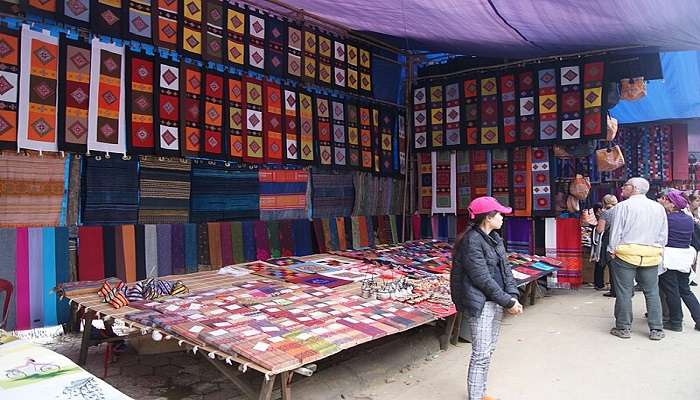
A name synonymous with Bac Ha is its vibrant Sunday Market—the crown jewel and a spectacle that explodes with colour and cultural vibrancy. Witness the town transforming into a buzzing marketplace every Sunday, attracting people from the nearby villages and tourists from Sapa and Hanoi, who showcase their unique ethnic attire and traditions.
Beyond the visual spectacle, the market offers various local products and handicrafts. Capture the essence of this region—from intricately woven textiles and handcrafted ornaments to locally grown organic produce and traditional spices. Witness the bustle of the market area, the chattering of the crowds, and the bartering between different ethnic groups.
2. Ban Pho Village
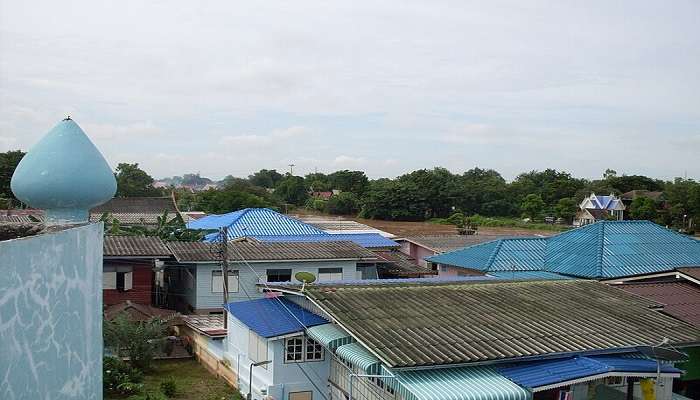
I was amazed to see the Flower Hmong people and want to know more about them! Then head to Ban Pho Village. Ban Pho is the village of both the Black H’Mong and Flower H’Mong people. Around 500 families live here in Ban Pho, which has roughly a population of 3,000.
Enjoy the beauty untouched by the time of highland. Strike a conversation with the locals. Despite the lack of material possessions, they are extremely friendly and hospitable. You can ask them for free accommodation, and they always treat you like one of them. Ban Pho is very famous for its speciality ‘corn wine’.
Suggested Read: Best Beaches In Vietnam
3. Hoang A Tuong Palace
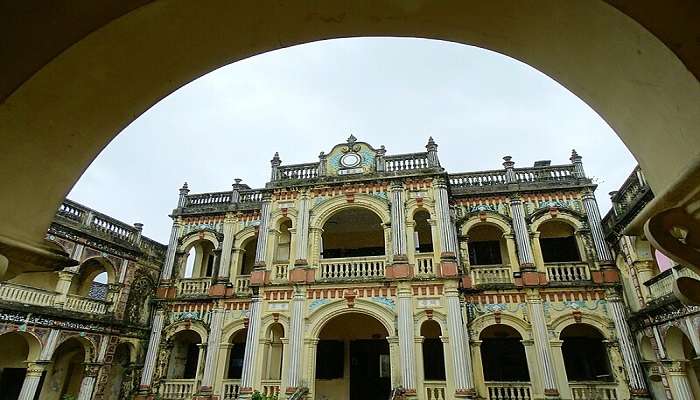
Hoang A Tuong Palace, recognised as a national relic in 1999, is a unique architectural beauty that harmoniously blends ancient French and Oriental styles. It is now a popular tourist attraction near the enticing highlands of Sapa in Vietnam.
The construction of Hoang A Tuong Palace began in 1914 and took almost seven years to finish. With a sprawling area of 4000 sg.m, the rectangular building is adorned with many details, such as laurels embossed on entrance gates, arched railing doors, elegant and classy pillars, round balustrades, and tiled hallways.
4. Bac Ha Temple
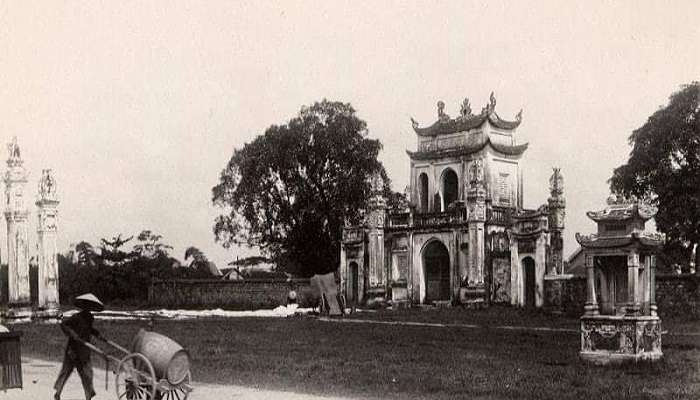
Ba Ha temple, built at the end of the 19th Century and dedicated to two brothers, Vu Van Uyen and Vu Van Mat, stands as a testament to patriotism and bravery. It is built to commemorate the achievements of these two brothers, who successfully fought enemy troops by mobilising local ethnic minorities and protecting their border.
In 2003, the temple was ranked a national historic cultural relic with unique architecture. Every year, a festival is held at the temple on 7 July, celebrated as per the Lunar Calendar Month in their remembrance.
Suggested Read: Lakes In Vietnam
5. Thai Giang Pho

Get lost in the visual spectacle and bewitching world of scents of the Valley of Flowers, Thai Giang Pho. This valley is worth visiting and is less than 2 km from the city centre. A special treat to flower lovers and photography enthusiasts: stay spellbound upon entering the valley, where you will find all kinds of local and exotic flowers, each more beautiful than the last. Enjoy the marvel of the Orchid Garden and Lavender fields.
Admire the love with the pink-purple colour of the buckwheat. Go trekking around the valley and soak in the surreal beauty of the vibrant lush surroundings of Thai Giang Pho.
How To Reach
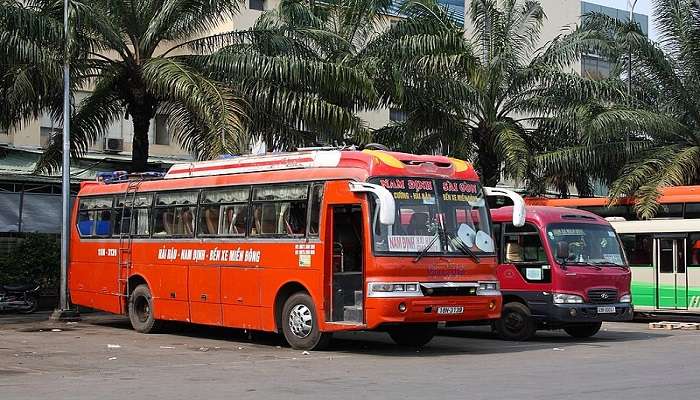
By Bus: The frequency of buses going directly from Sapa to Bac Ha in Vietnam is less. Buses will go straight from Sapa to Bac Ha, mostly during peak tourism. Another easier way is to catch the bus from Sapa bus station to Lao Cai bus station and then from Lao Cai bus station to Bac Ha bus station. The journey time would be roughly 3 hours one way.
By Motorbike: Young adventure seekers can rent a motorbike and go on a road trip from Sapa to Bac Ha. They can comfortably conquer the roads, take breaks, enjoy the scenery, and visit the countryside.
Further Read: Villas In Vietnam
From the captivating Sunday Market to the splendid sceneries of nature and rich cultural tapestry, this region offers a glimpse into a world untouched by time. Bac Ha is not just another destination, it’s much beyond. Indulge in an experience that stays with you long after you leave. Get your bags ready, embrace the spirit of adventure, and embark on a journey to discover the enchanting core of Vietnam’s highlands. Embark on a trip to Vietnam for an exhilarating experience.
For our editorial codes of conduct and copyright disclaimer, please click here.
Cover Image Source: Shutterstock
Frequently Asked Questions About Bac Ha
Suggest a few fun activities at Bac Ha?
Apart from hiking and trekking, go on cycling tours around Bac Ha, boating at Thac Ba Lake, shop for souvenirs at markets, socialise with the locals, enjoy the delectable Vietnamese cuisine.
What is the best time to visit Bac Ha?
December to April is the best time to visit Bac Ha, when the temperature varies between 19 and 25 degrees Celsius.
What are the other prominent markets of Bac Ha?
Lung Phinh, Can Cau market, and Coc Ly are a few ethnic markets of Bac Ha.
What are the local delicacies of Bac Ha?
Men Men, Banh Duc Ngo, Xoi Ngu sac are some of the local delicacies that are a must try.
How many days are needed to visit Bac Ha?
2 - 3 days are usually enough to cover major attractions of Bac Ha.
People Also Read:
Mount Paektu Bhutan Mountains Caucasus Mountains

With a passion for exploring and travelling to the roads long forgotten, experience the world through enthralling stories and adventures. Join me as I share my experiences at some of the world’s most popular tourist destinations and quench that pestering curiosity with something exciting!











